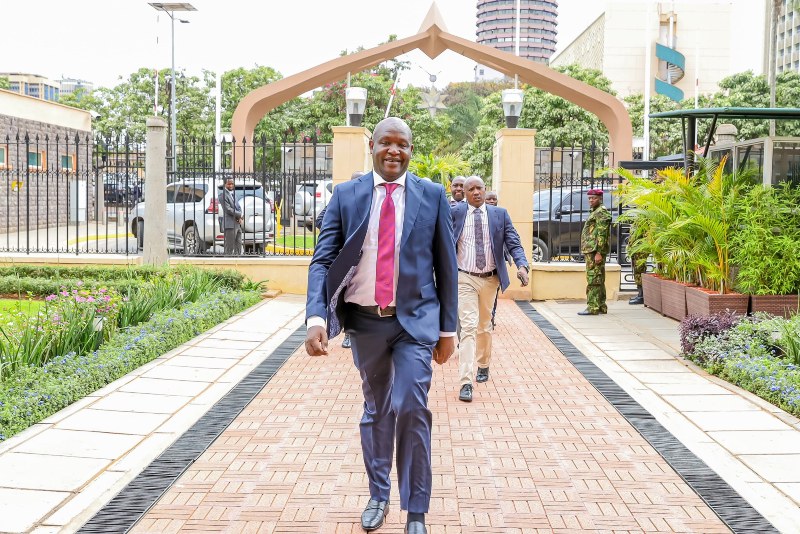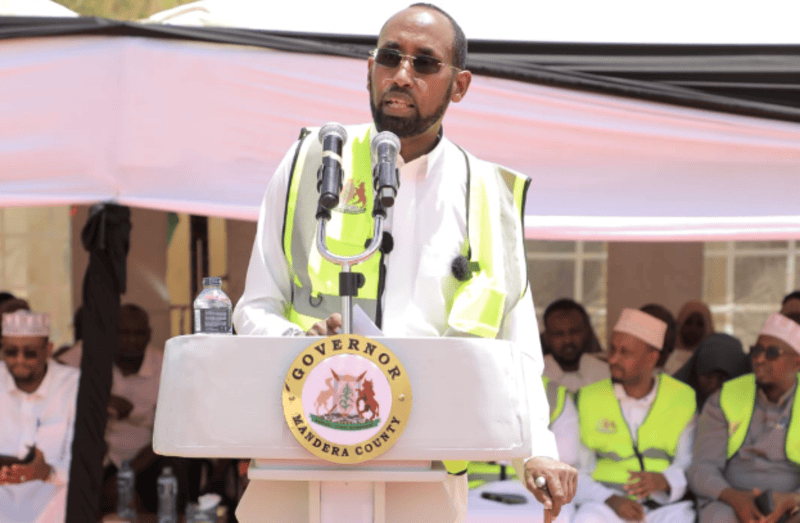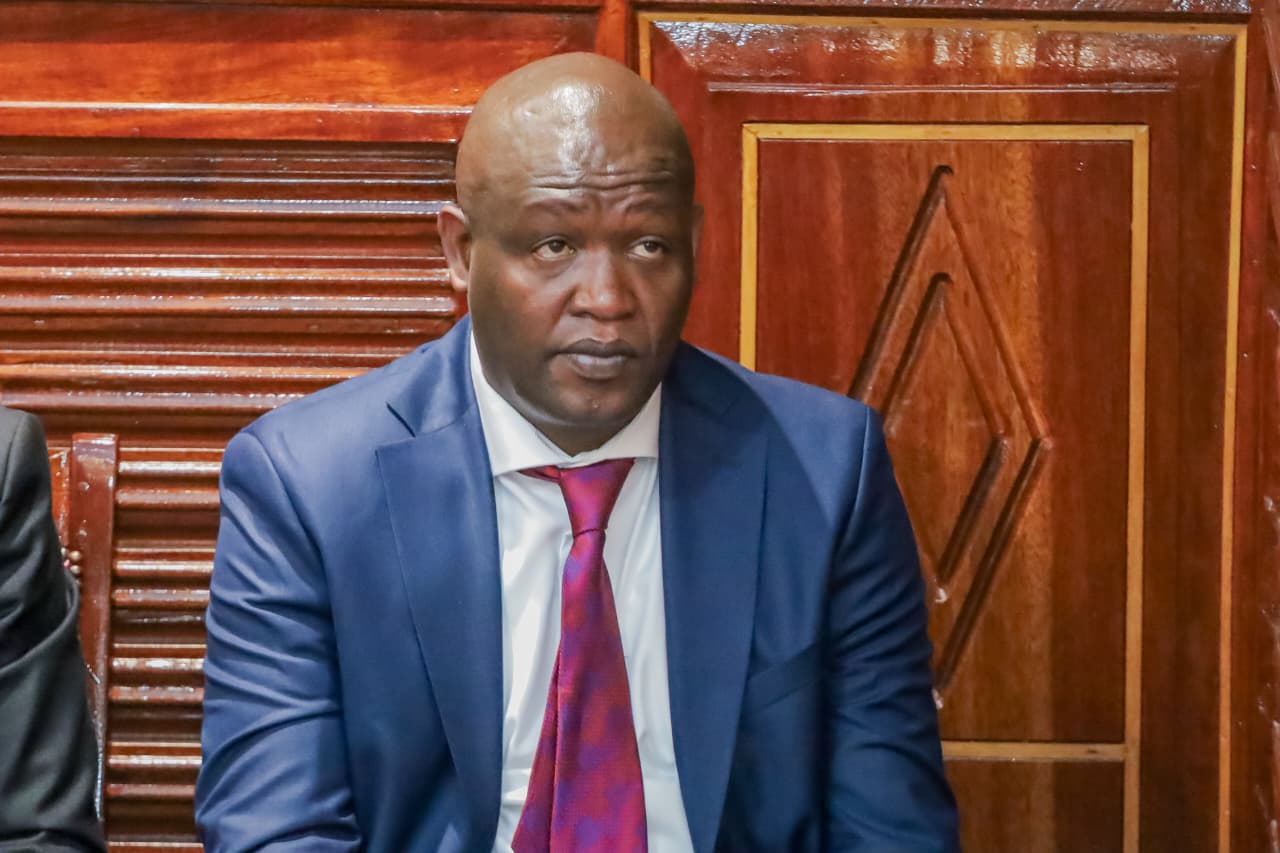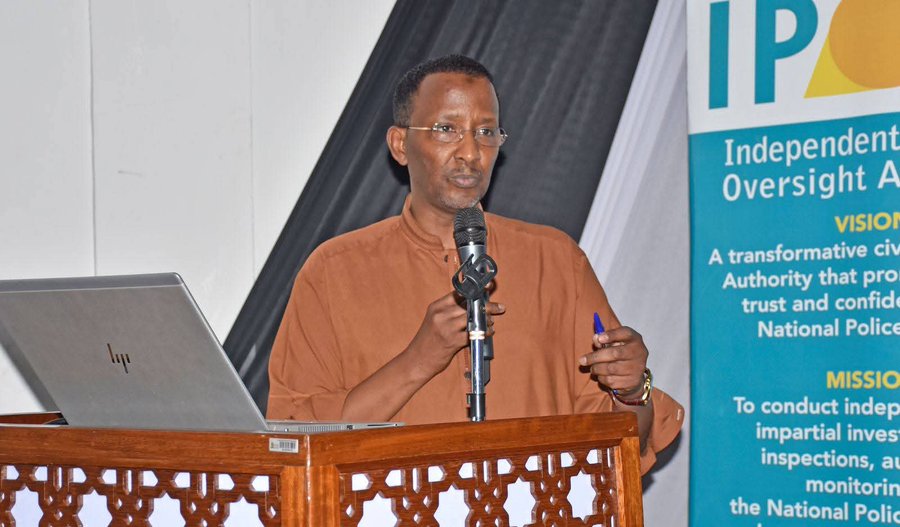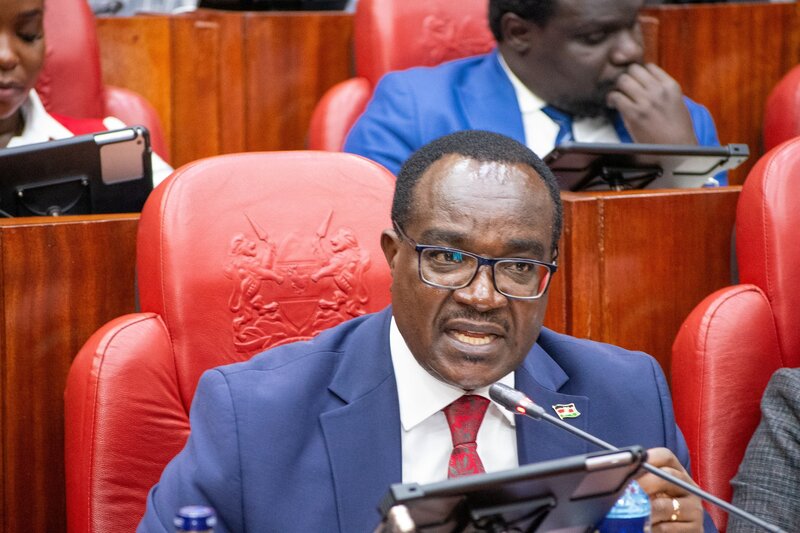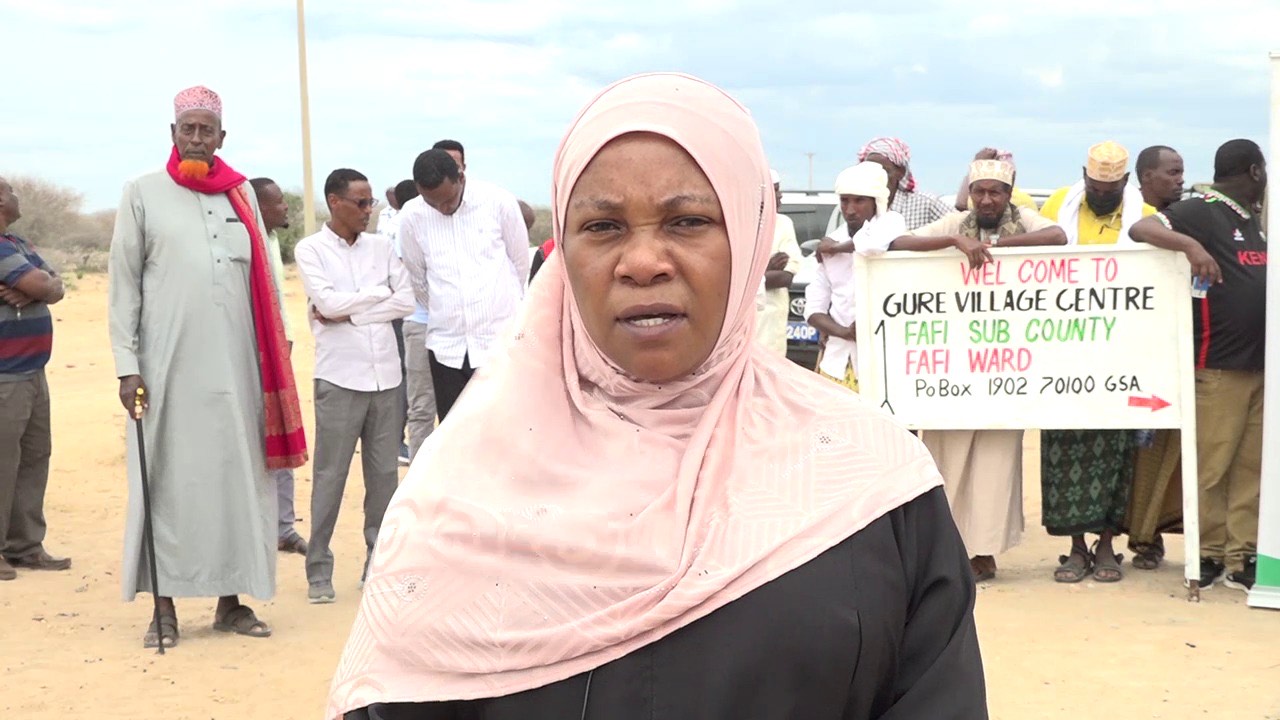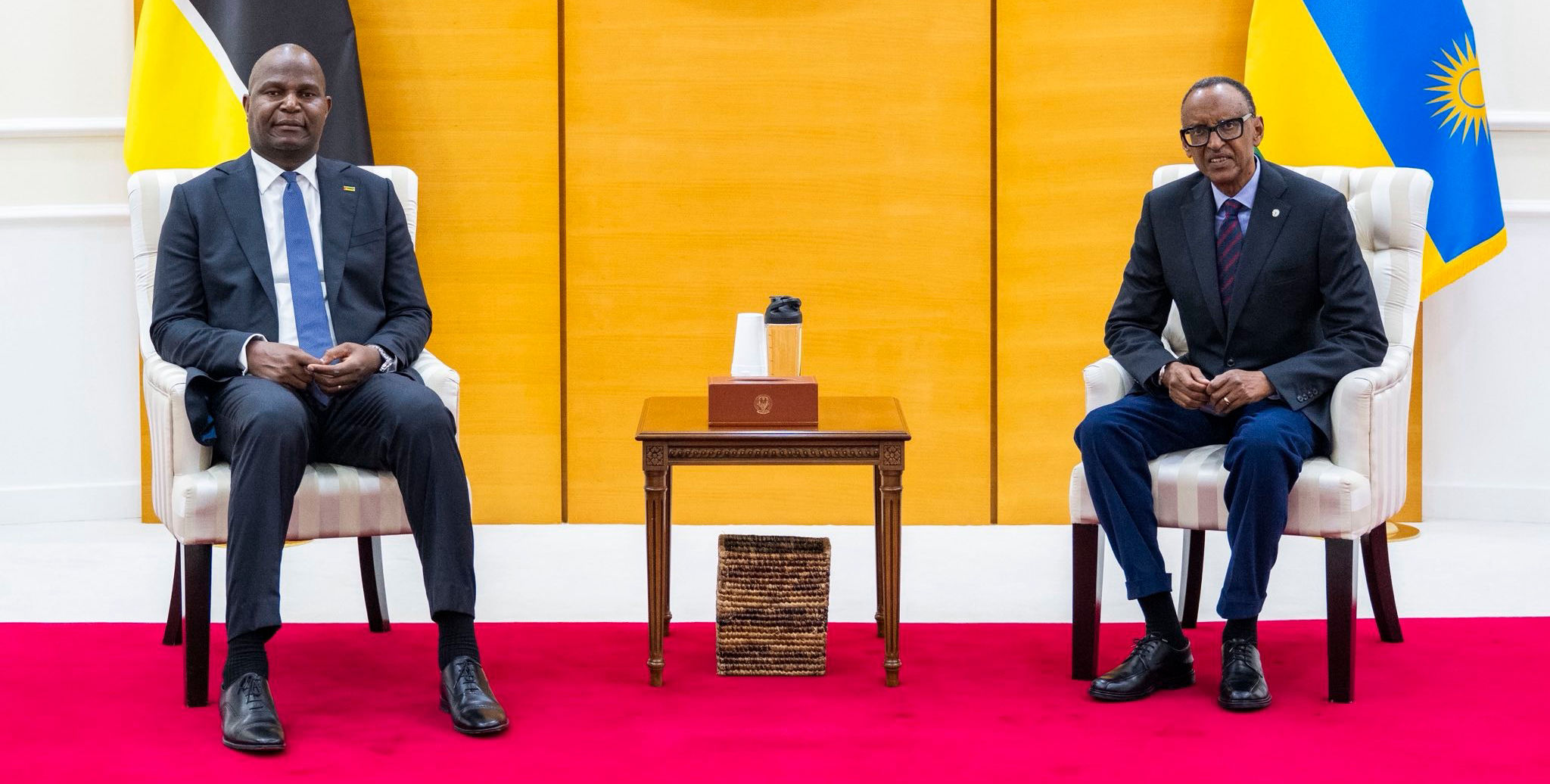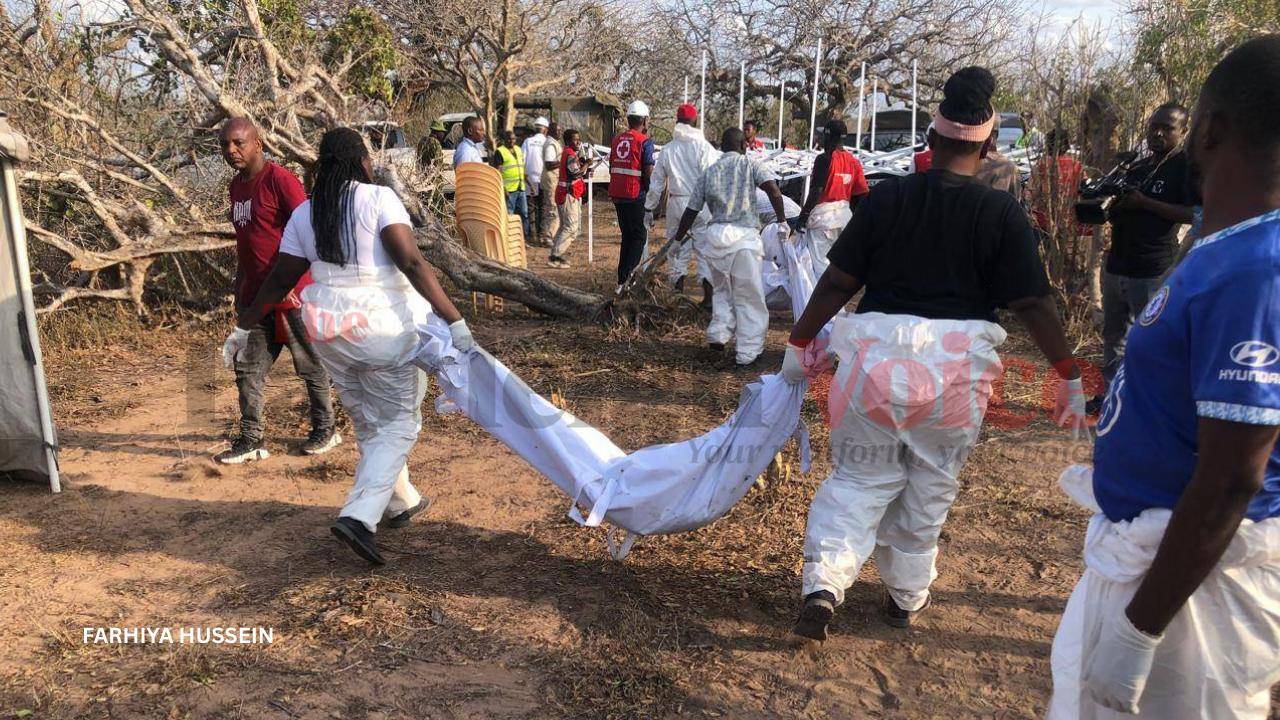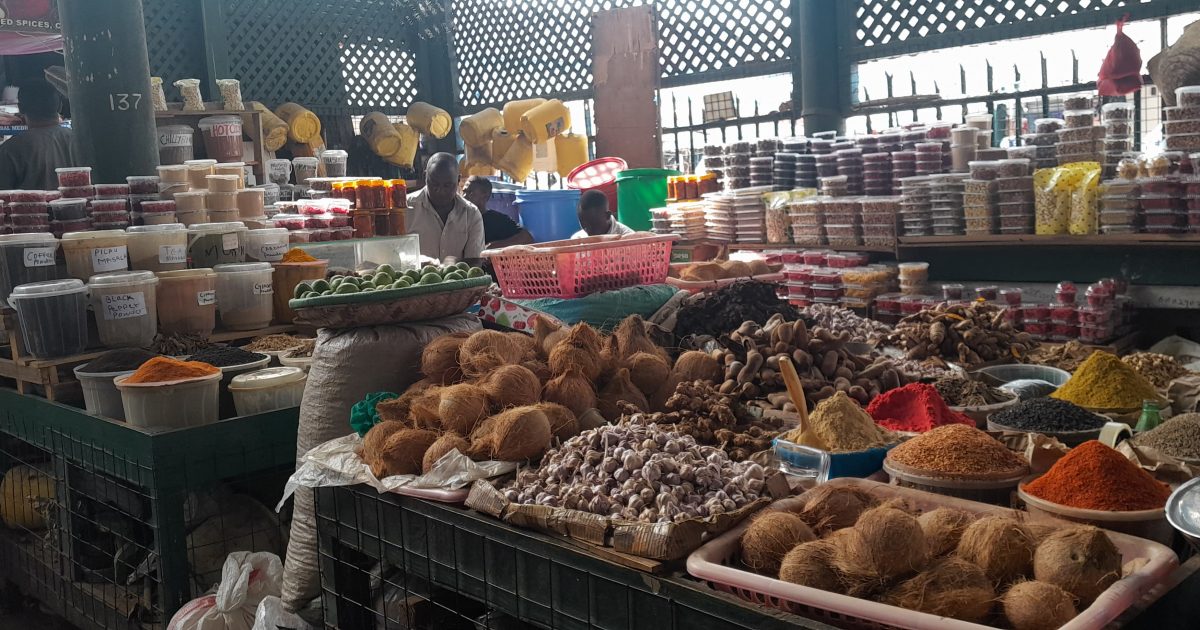Rwandan Franc depreciates by 16 pc against US dollar amid economic challenges
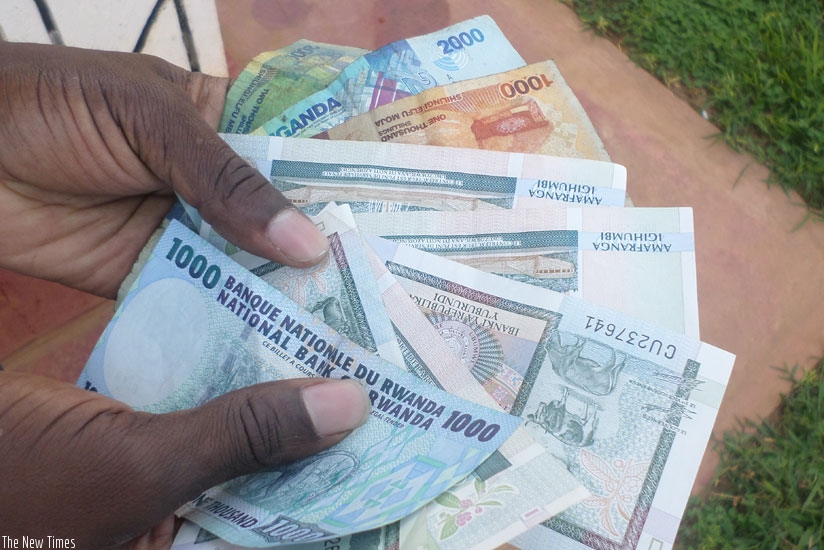
The depreciatiion stems from a steep decline in the prices of Rwanda’s key exports, such as minerals, coffee, and tea, which has severely reduced foreign exchange earnings.
The Rwandan Franc (RWF) experienced a sharp depreciation of 16.3% against the US dollar in the 2023/2024 fiscal year, driven by a combination of global and domestic economic challenges.
John Rwangombwa, Governor of the National Bank of Rwanda, shared these concerns during an address to the Senate on the country’s financial and economic outlook earlier this week.
More To Read
- Rwanda gears up to host historic 2025 UCI Road World Championships in Africa
- Kenyan shilling holds steady at 129 against the dollar for a year
- Kagame explains inspiration behind Kigali’s sports city
- Kagame lauds Dangote’s push for African-led development
- Ethiopia moves to ditch US dollar in trade as BRICS-led de-dollarisation gains momentum
- Financial experts predict gradual decline for US Dollar in next 6-12 Months
The depreciation, Rwangombwa explained, stems from a steep decline in the prices of Rwanda’s key exports, such as minerals, coffee, and tea, which has severely reduced foreign exchange earnings. At the same time, the country’s growing import bill, fueled by significant investments in capital goods for development, has widened the trade deficit and further strained the Franc’s value.
“As you must have seen or heard from the markets, the Rwandan Franc has significantly depreciated against the US dollar, shedding 16.3 per cent against the USD,” said Rwangombwa. “The prices of Rwanda’s main exports—minerals, coffee, and tea—declined, reducing foreign exchange earnings. This widened the trade deficit and affected the exchange system.”
The impact is evident in the forex market, where $1 is now trading at Rwf1,402, up from Rwf1,200 just months ago. Analysts attribute the Franc’s sharp depreciation to weak agricultural production and limited manufacturing output, which have left Rwanda heavily reliant on imports.
Regional currencies
The Franc’s performance has also varied against regional currencies. While it appreciated by 0.82% against the Tanzanian shilling in June 2024, it depreciated sharply against the Kenyan shilling (25.61%) and the Ugandan shilling (5.70%). The depreciation in 2023 was notable (18%), with the central bank projecting a reduced rate of 9% for 2024 as the global economy stabilises.
“Despite the depreciation, we project it to halve to around 9% this year,” Rwangombwa stated. He outlined ongoing efforts to stabilise the currency, including addressing its structural weaknesses and improving regulatory oversight. However, a persistent shortage of dollars—partly exacerbated by black-market trading—continues to challenge recovery efforts.
Rwanda’s external debt repayments have further exposed the economy to forex losses, affecting currency stability. The International Monetary Fund (IMF) recently raised concerns about the country’s rising public debt, which is projected to reach 80% of GDP by 2025.
“Recurrent shocks in recent years complicated the authorities’ objective to rebuild policy buffers,” the IMF noted. “Fiscal consolidation has been slower than envisaged, failing to halt the continued increase in the public debt-to-GDP ratio.”
The IMF also urged Rwanda to prioritise its domestic revenue mobilisation, which has recently declined, and explore concessional financing opportunities.
“To reduce vulnerabilities, contain inflation, and ensure debt sustainability, Rwanda needs strong fiscal consolidation, better domestic revenue mobilisation, continued data-driven monetary policy, and exchange rate adjustments,” the IMF advised.
Rwangombwa expressed cautious optimism about the economy’s trajectory, pointing to structural reforms and enhanced financial literacy as critical to reducing the country’s vulnerability to external shocks. He also underscored the importance of boosting international trade and maintaining sufficient foreign reserves, which currently cover 4.5 months of prospective imports, to buffer against future challenges.
Top Stories Today
Reader Comments
Trending

